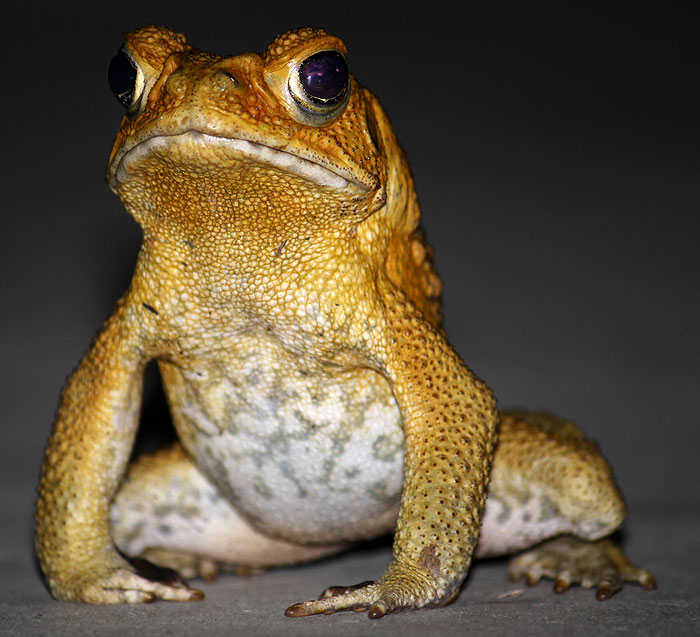Honeyeater Hatchlings
If you've been reading old GG, and if Google Analytics is to be believed, someone has - then you'll know that a honeyeater has been valiantly attempting to raise her brood around the joint. Alas, it appears she hasn't had a great deal of success.
The last nest was abandoned after both her eggs were dislodged out of the nest and shattered on the ground below.
However, this little bird is nothing if not determined and she again built a nest, in a different, and to my eyes spectacularly good location, deep within the limbs of a shrub - this time I was sure her dogged persistence would pay off ...
Turns out, I was wrong. The very next time I checked on progress, chick, egg and even mother were gone. I haven't seen her since, which is all mildly depressing and a little sad. There is no way of knowing their fate. Another bird would be my guess, but perhaps a snake that had stumbled across the nest or even a feral cat - not that I have seen any and god help one if I did, but you never know.
Still, that's nature - mercurial and pitiless.
We've also been enjoying the tooing and froing of some Welcome Swallows, and not wanting to leave a post on such a downer, here's a couple of snaps of these cute and energetic little birds seeking out a nesting site.
When Jo and I first moved here one of these chaps spent the night roosting on our ceiling fan and patiently waited for us to let him out the next morning. Funnily enough, this one pulled the very same trick - it's quite the compliment when wildlife apparently feel so comfortable that they squat for a time - well, either that or they're just taking a liberty and familiarity has breed contempt - best not to dwell on such things I suppose eh?.
Take care :)
The last nest was abandoned after both her eggs were dislodged out of the nest and shattered on the ground below.
However, this little bird is nothing if not determined and she again built a nest, in a different, and to my eyes spectacularly good location, deep within the limbs of a shrub - this time I was sure her dogged persistence would pay off ...
 |
Meliphaga lewinii |
 |
Nothing seems quite so defenceless as a newly hatched chick |
Turns out, I was wrong. The very next time I checked on progress, chick, egg and even mother were gone. I haven't seen her since, which is all mildly depressing and a little sad. There is no way of knowing their fate. Another bird would be my guess, but perhaps a snake that had stumbled across the nest or even a feral cat - not that I have seen any and god help one if I did, but you never know.
Still, that's nature - mercurial and pitiless.
We've also been enjoying the tooing and froing of some Welcome Swallows, and not wanting to leave a post on such a downer, here's a couple of snaps of these cute and energetic little birds seeking out a nesting site.
 |
Hirundo neoxena |
 |
How's the view? |
When Jo and I first moved here one of these chaps spent the night roosting on our ceiling fan and patiently waited for us to let him out the next morning. Funnily enough, this one pulled the very same trick - it's quite the compliment when wildlife apparently feel so comfortable that they squat for a time - well, either that or they're just taking a liberty and familiarity has breed contempt - best not to dwell on such things I suppose eh?.
Take care :)
The Welcome Swallow (Hirundo neoxena) is a small passerine, (perching) bird in the swallow family.
It is a species native to Australia and nearby islands, and self-introduced into New Zealand in the middle of the twentieth century. It is very similar to the Pacific Swallow, with which it is often considered conspecific, (belonging to the same species).
This species breeds in southern and eastern Australia in a variety of habitats, mostly in open areas, man made clearings or urban environments, but not desert or dense forest. Eastern populations are largely migratory, wintering in northern Australia. Western birds and those in New Zealand are mainly sedentary.
It is a species native to Australia and nearby islands, and self-introduced into New Zealand in the middle of the twentieth century. It is very similar to the Pacific Swallow, with which it is often considered conspecific, (belonging to the same species).
This species breeds in southern and eastern Australia in a variety of habitats, mostly in open areas, man made clearings or urban environments, but not desert or dense forest. Eastern populations are largely migratory, wintering in northern Australia. Western birds and those in New Zealand are mainly sedentary.






Comments
Post a Comment